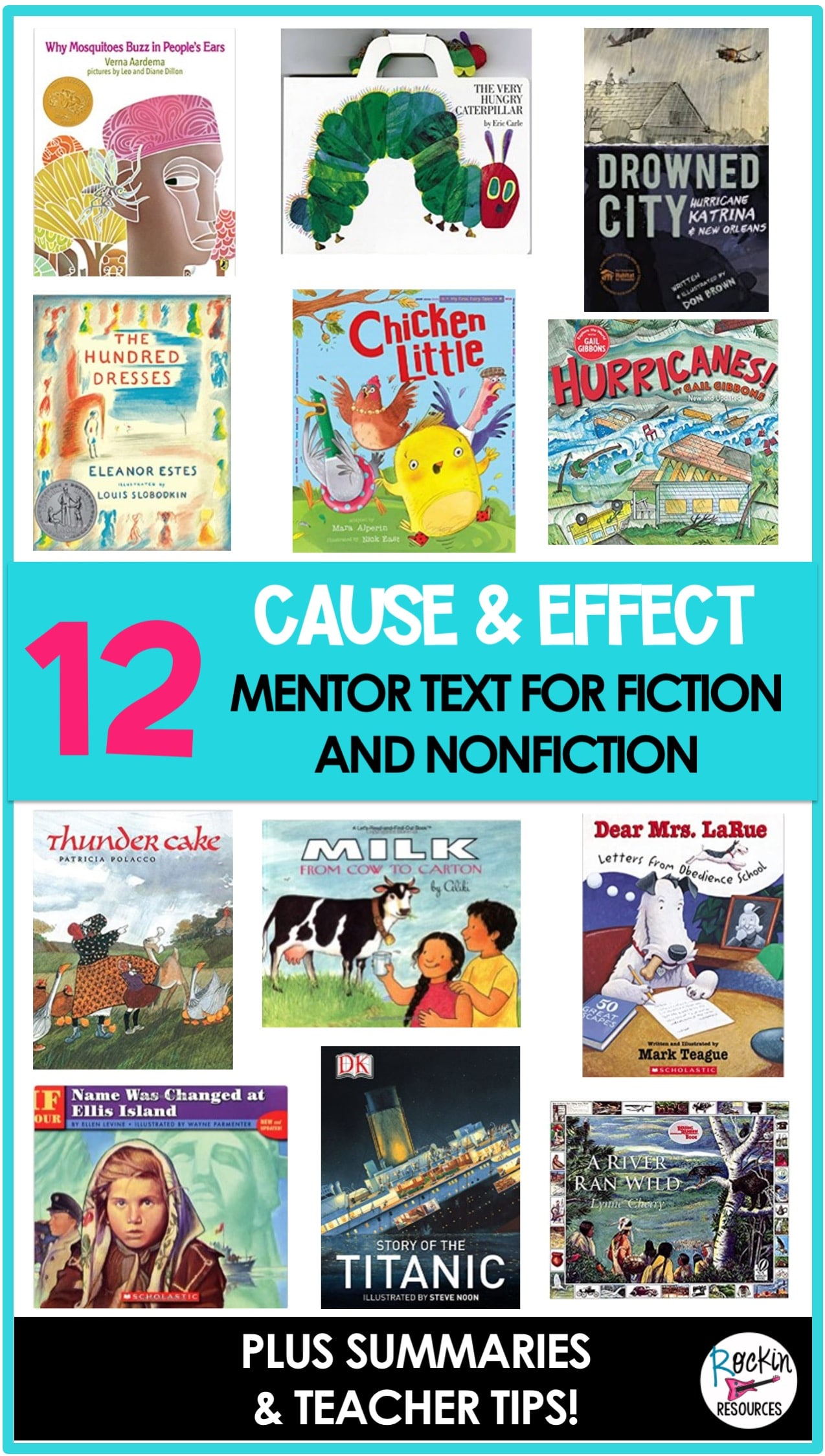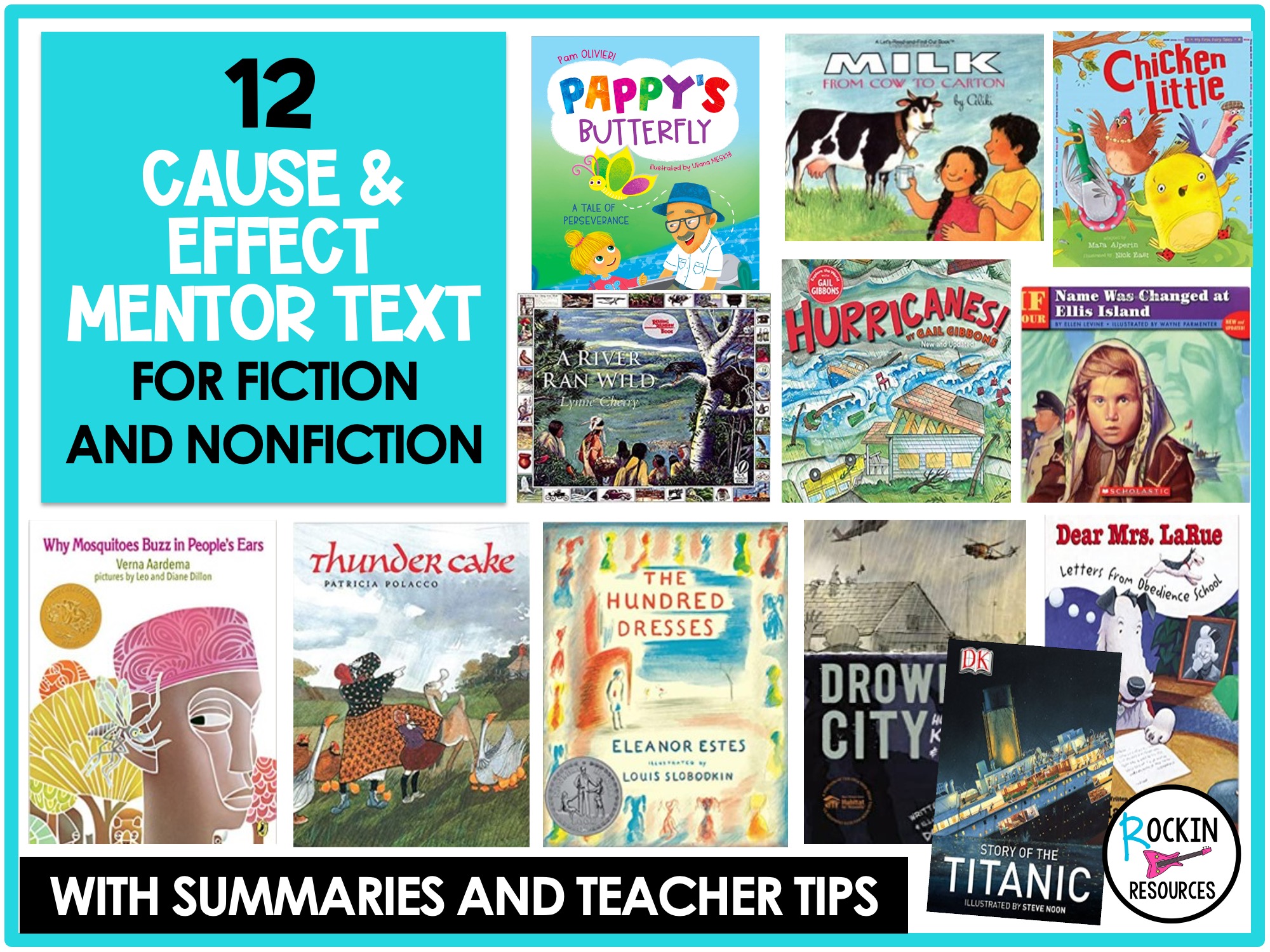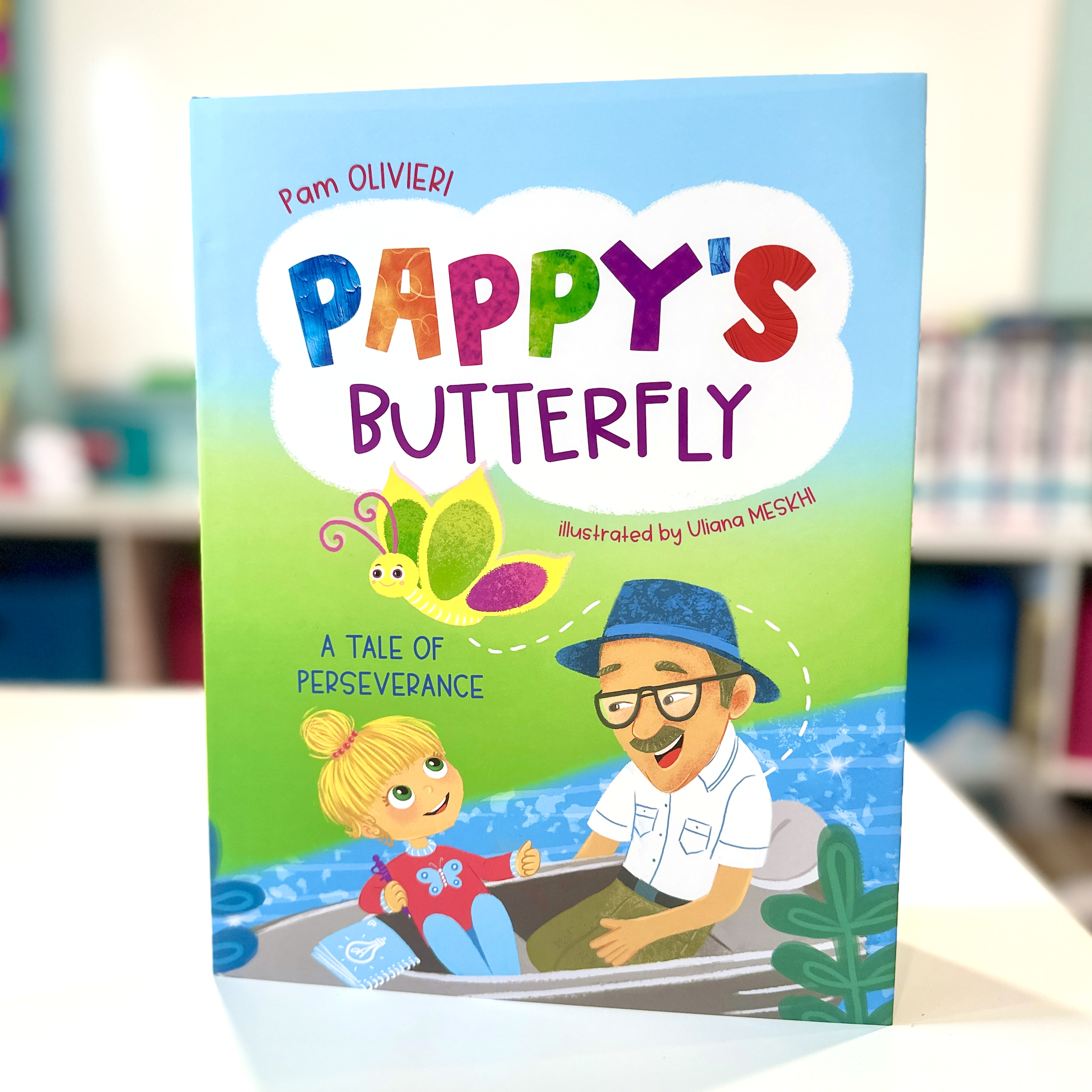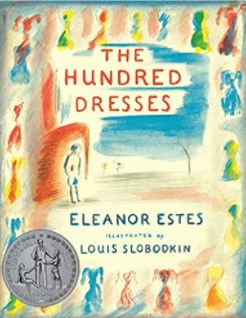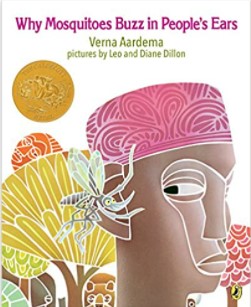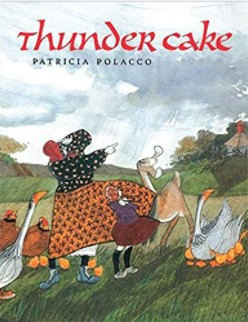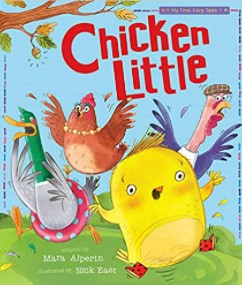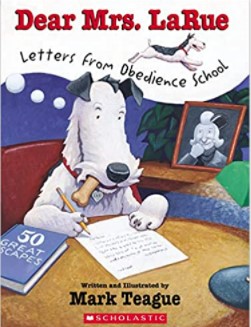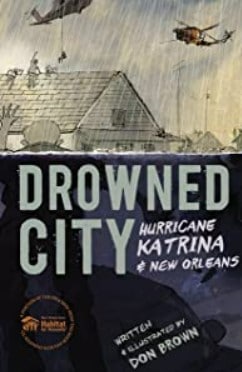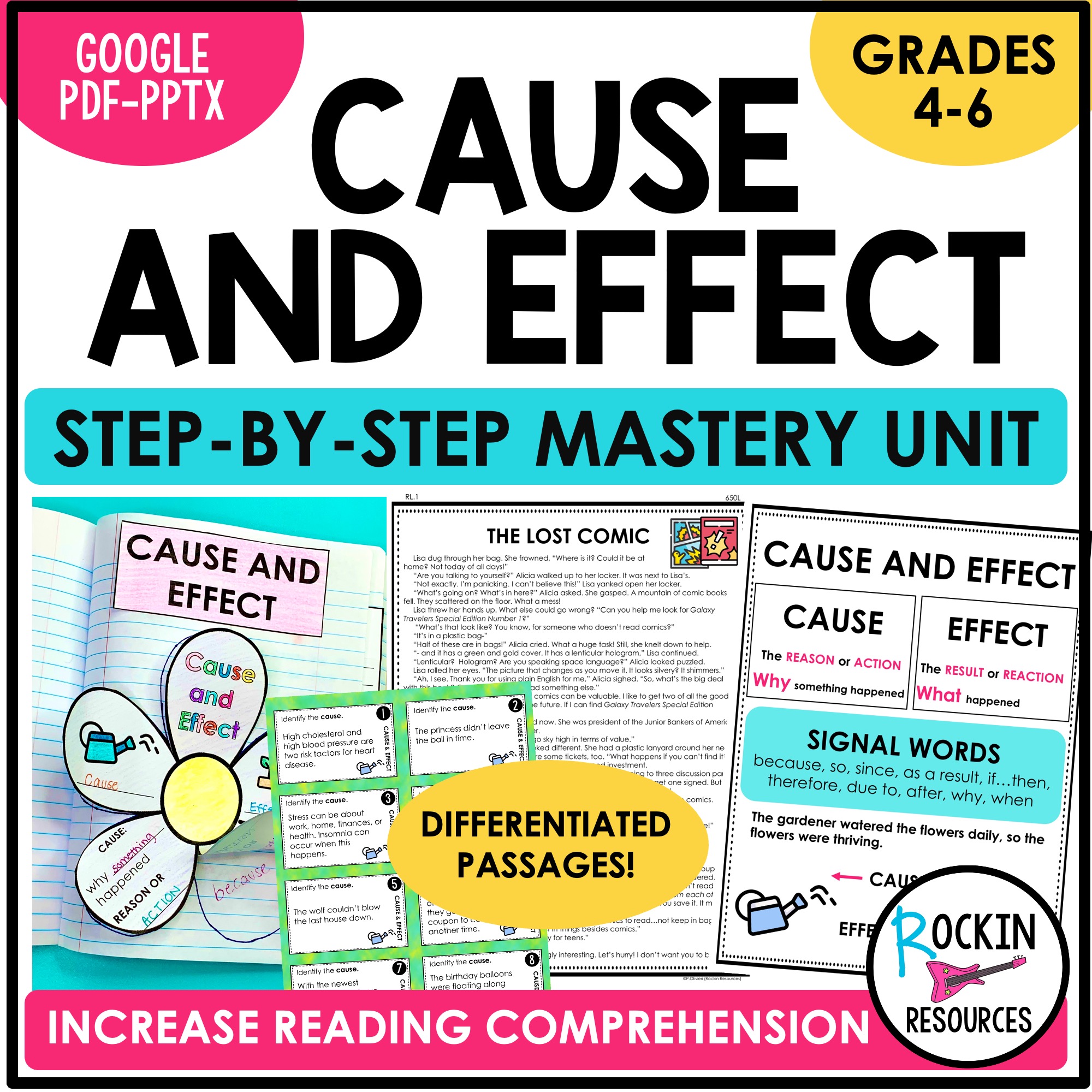Cause-and-effect sequences can be a fun learning experience for you and your readers, especially if you have some exciting stories to supplement the definitions of causes and effects. These 12 books cover a wide variety of non-fiction and fictional topics, ranging from the metamorphosis of a caterpillar to weather phenomena, bullying, immigration, and more. Check out the 12 cause-and-effect mentor texts for fiction and nonfiction!
Pappy’s Butterfly: A Tale of Perseverance takes readers on a heartwarming journey through the butterfly life cycle. Follow Demi and Pappy as they encounter a beautiful butterfly named Charm. Little do they know, this chance meeting will lead to an adventure beyond their wildest dreams. With each stage of Charm’s metamorphosis—from egg to caterpillar, to chrysalis, and finally, to a beautiful butterfly—Demi discovers the importance of never giving up, no matter how challenging her own journey may seem. Will she trust her abilities and persevere like a butterfly?
Teacher Tip: Act out the butterfly metamorphosis. 1. Crouch down in a ball for the egg. 2. Pretend to munch on hand for the caterpillar. 3. Sit up still for the cocoon. 4. Stand up and flutter arms and hands for the adults.
Young Wanda Petronski gets teased by her classmates for wearing the same blue dress day after day. Wanda claims that she has one hundred dresses at home, but her classmates continue to bully her and her faded blue dress. Only after Wanda gets pulled out of school do her classmates realize how horrible they have been to her, and one girl by the name of Maddie pledges to herself to never stand by and say nothing again.
Teacher Tip: Following a class reading, ask students to imagine how the story would be different if Maddie had stood up for Wanda, rather than being a silent bystander. If Maddie would have said something, or had reached out to Wanda, how might the effect/end of the story be different? What effect can we have by sticking up for our peers?
This West African folk tale showcases cause and effect as chain reactions through a look at different animal interactions. A stubborn iguana ignores a mosquito’s story and goes on to offend a friendly python, who then scares a rabbit, and on and on in this animal-driven plot.
Teacher Tip: Make small printouts of the different animals from the story and allow the students to place them in chronological order. Which animal caused trouble for another, and to what effect? This way, students can clearly visualize the concept of chain reactions.
When booming thunder rattles Grandma’s farmhouse windows, she decides that it is time for “Thunder Cake baking”. Grandma and granddaughter rush to collect the ingredients before the impending storm arrives in this exciting and heartwarming tale.
Teacher Tip: Many children share a fear of thunderstorms, just like the young girl in the story. Discuss the causes of her fear, what effect they have on how she feels, and how her grandma tries to help her overcome them.
An acorn falls on Chicken Little’s head, sending him into a tailspin of fright that the sky is falling. Chicken Little rushes off to tell the king but happens to stumble across the path of Foxy Loxy. Will this little chicken become lunch for the fox, or will the two form an unexpected friendship?
Teacher Tip: Pinpoint the cause of Chicken Little’s panic (the acorn). Ask your students about what effects the small acorn had on the character, and then, how Chicken Little affected others.
In a series of comedic letters, a dog stuck at obedience school writes home to his owner. Ike LaRue has been “imprisoned” at the canine academy and finally breaks out, running all the way home to Snort City. Ike makes perfect timing and winds up saving his owner’s, Mrs. LaRue’s, life!
Teacher Tip: Discuss whether Ike’s letters had any true effect on his situation or not.
This non-fiction book focuses on the true story of the Nashua River in Massachusetts by examining different time periods of the river’s existence to show the cause-and-effect of humankind on the natural habitat.
Teacher Tip: Industrialization has transformed many natural habitats across the world. Where lush forests once stood are now housing developments, parks, schools, etc. Although we all need a place to live, play, and learn, discuss with the students the ways in which we can help give back to our planet by recycling, planting trees, etc. What effects might we cause by doing these things?
Drowned City tells the historic tale of Hurricane Katrina, which brutally impacted the city of New Orleans, Louisiana with massive amounts of flooding and damages. There is both tragedy and triumph within this cause-and-effect story about natural disaster and its impact on a drowned city.
Teacher Tip: Research other natural disasters and tell the cause and effect.
A reading of this book will take the audience on a guided tour from cows grazing on green grass to the final product: a glass of milk. This non-fiction science book tracks the journey of milk and is accompanied by informed explanations of the entire process.
Teacher Tip: Choose another farm animal, like the chicken, to see the cause-and-effects of how the egg on their breakfast table is made!
This informative book discusses the formation and classification of hurricanes, as well as how to prepare for these strong storms with the help of advanced weather technology that keeps society prepared for oncoming, extreme weather.
Teacher Tip: Break down the cause-and-effect of the two elements that make up hurricanes: wind and rain. What causes winds? What effects do strong winds have? Then, you can ask the same questions but with a focus on rain!
With this pictorial story about the world-famous Titanic, readers can learn about how it was built, who was on it, who worked on it, and how it struck an iceberg. There are diagrams and vivid photographs of the ship to allow readers a closer look into this famous vessel.
Teacher Tip: There are many ways to examine cause-and-effect within this book. You may choose to examine what caused the sinking of the Titanic from multiple different perspectives with fill-in-the-blank sentences. For example: Because the navigation crew did not understand the shape of icebergs, they didn’t change course fast enough.
Travel back in time to join the many families of immigrants as they traveled through Ellis Island into the United States.
Teacher Tip: You can tie in a history lesson to complement one revolving around cause-and-effect by selecting a nationality of immigrants to see what caused them to leave their homes, which then led to the effect of immigrating into the U.S.
After reading some of these engaging and exemplary texts, students will begin to spot the many examples of cause-and-effect that we as humans see, hear about, or actively take part in, every day. The complexity of the world doesn’t have to be so complex, and it won’t be, with the help of some of these amazing books! For a full list of our Rockin’ cause-and-effect mentor texts.
See Similar Blogs:
Discover Related Resources:
-
Step-by-Step Reading Skills for Reading Comprehension Bundle 1
Original price was: $83.92.$68.99Current price is: $68.99.
Share this post on Pinterest:
